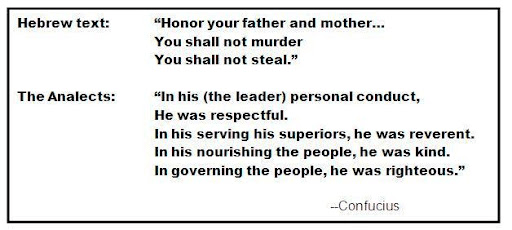
This selection demonstrates that ancient civilizations developed concepts that placed emphasis on –
A. moral conduct
B. political rights
C. harmony with nature
D. ancestor worship
A. moral conduct

Which ancient culture influenced the design of the state capital of Virginia?
A. Rome
B. Greece
C. Egypt
D. Persia
B. Greece
Machu Picchu was located in what type of geographic region?
A. Arid Valley
B. Rain Forest
C. Mountains
D. Plains
C. Mountains

What is this script, that is also associated with the Mesopotamia River Valley?
A. Alphabet
B. Hieroglyphs
C. Chinese characters
D. Cuneiform
D. Cuneiform
During the Neolithic Era, which change first resulted in the creation of settled communities?
A. Invention of written language
B. Development of agriculture
C. Specialization of labor
D. Use of pottery
B. Development of agriculture
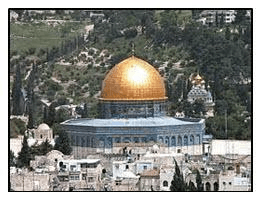
What sacred Islamic site is pictured?
A. Dome of the Rock
B Hagia Sophia
C. Great Mosque
D. Ka’aba
A. Dome of the Rock
Dia travels to a new place she has never been before and gives a piece of her culture to the people there. This is an example of-
A. bartering
B. cultural diffusion
C. imperial bureaucracy
D. Hellenism
B. cultural diffusion

Which characteristic was shared by the Aztec and Mayan civilizations?
D. Constructed pyramids

Which of the following letters on the map below indicates the Mesopotamia River Valley?
A. A
B. B
C. C
D. D
A. A
Which of the following is most associated with the agricultural revolution?
A. domestication of animals and plants
B. the belief in many gods
C. living in small nomadic clans
D. decrease in size of the population
A. domestication of animals and plants
Which religion has the following characteristics?
-Final judgement
-Religion of Persia
-Opposing forces of good and evil
A. Judaism
B. Buddhism
C. Zoroastrianism
D. Christianity
C. Zoroastrianism
The Chinese developed a civil service examination system to ensure –
A. military would remain strong
B. government bureaucracy worked efficiently
C. Buddhism would remain the state religion
D. only nobles sons would get government positions
B. government bureaucracy worked efficiently
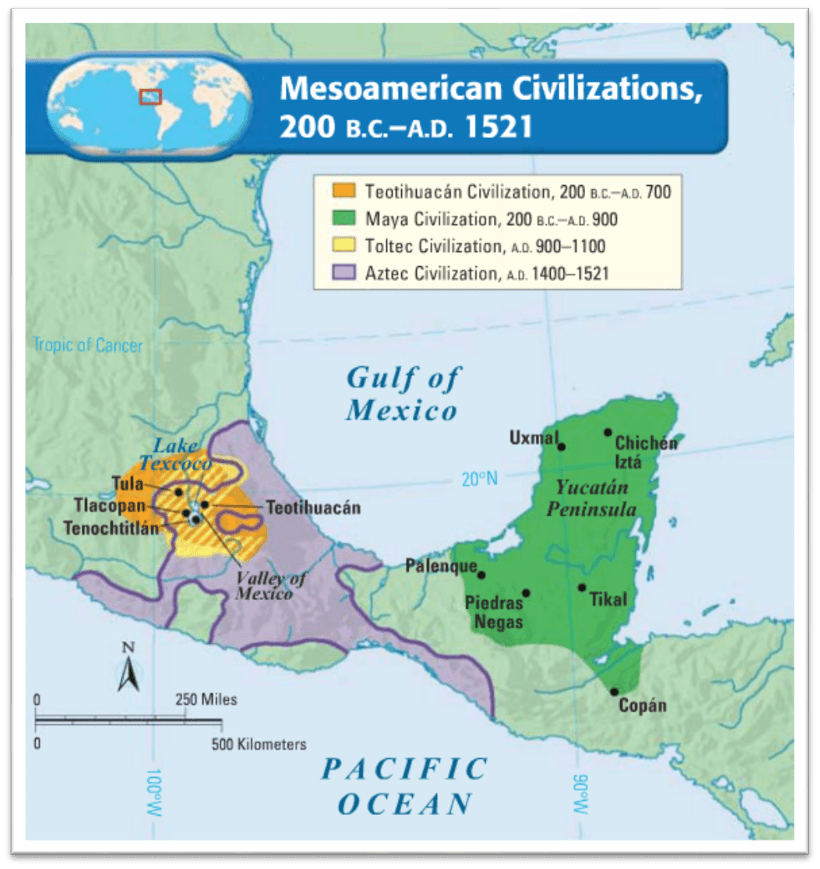
Which civilization was located in the dark green region of the map?
A. Mayan
B. Aztec
C. Ur
D. Inca
A. Mayan

Which early river valley civilization included the cities of Harappa and Mohenjo-Daro?
A. Indus
B. China
C. Mesopotamia
D. Egypt
A. Indus
Which factor had the greatest effect on the movements of early nomadic societies?
A. Mineral deposits
B. Religious beliefs
C. Survival needs
D. Tribal treaties
C. Survival needs
This map shows the spread of – 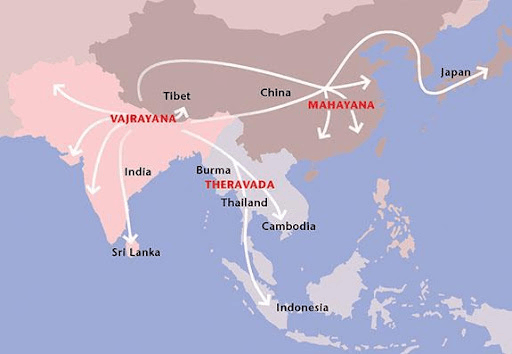
A. Shintoism
B. Hinduism
C. Taoism
D. Buddhism
D. Buddhism
Which of the following demonstrated that the Greek city-states shared a common culture despite their geographic isolation?
A. government and social structure
B. currency and economy
C. religion and language
D. attitude toward slaves and trade
C. religion and language
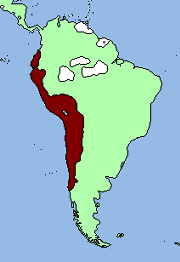
Which civilization was located in the highlighted region?
A. Mayan
B. Aztec
C. Ur
D. Inca
D. Inca

Which region best replaces the question mark?
A. China
B. Greece
C. Egypt
D. Mesopotamia
A. China
The early cities of Aleppo and Jericho were established in –
A. East Asia
B. North Africa
C. The Middle East
D. South Asia
C. The Middle East
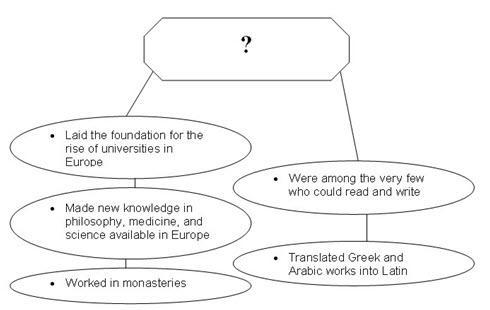
Which of the following phrases best replaces the "?" in the diagram?
A. Byzantine emperors
B. Russian tsars
C. Catholic monks
D. European crusaders
C. Catholic monks
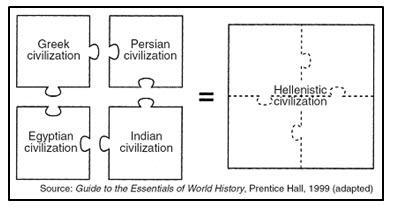
Which leader is most closely associated with accomplishments shown by this illustration?
A. Augustus Caesar
B. Pericles
C. Alexander the Great
D. Qin Shi Huangdi
C. Alexander the Great
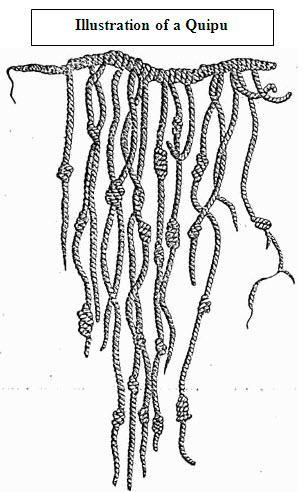
This non-written record-keeping system would have been used by which of the following civilizations in the Western Hemisphere?
A. Incan
B. Indian
C. Mayan
D. Chinese
A. Incan
The early river valley civilizations of Egypt and Mesopotamia developed governments that were ruled by -
A. religious authorities
B. elected officials
C. representative assemblies
D. tribal councils
A. religious authorities
Archaeologists use carbon dating to determine the –
A. size of an object
B. age of an object
C. placement of an object
D. function of an object
B. age of an object